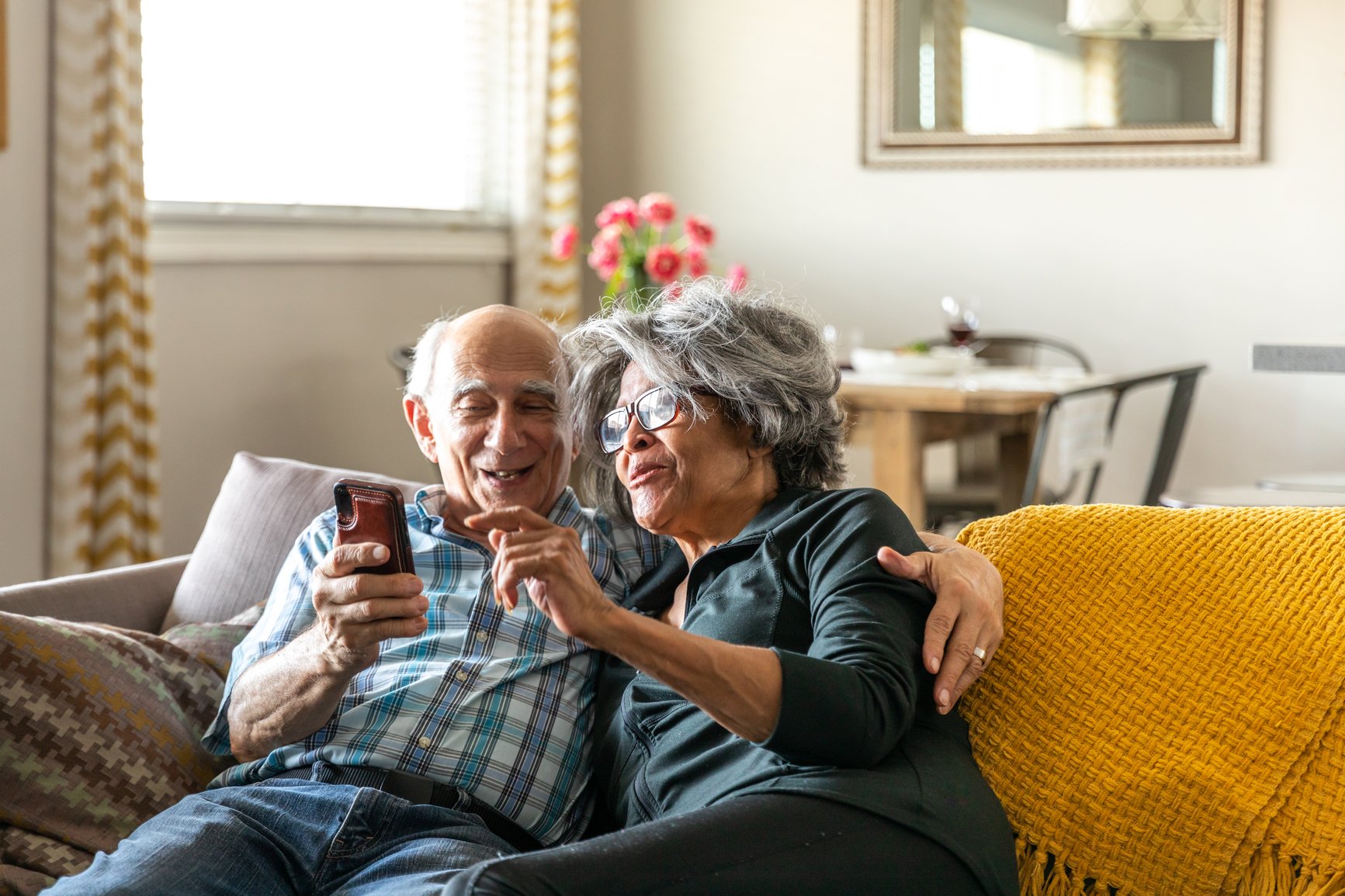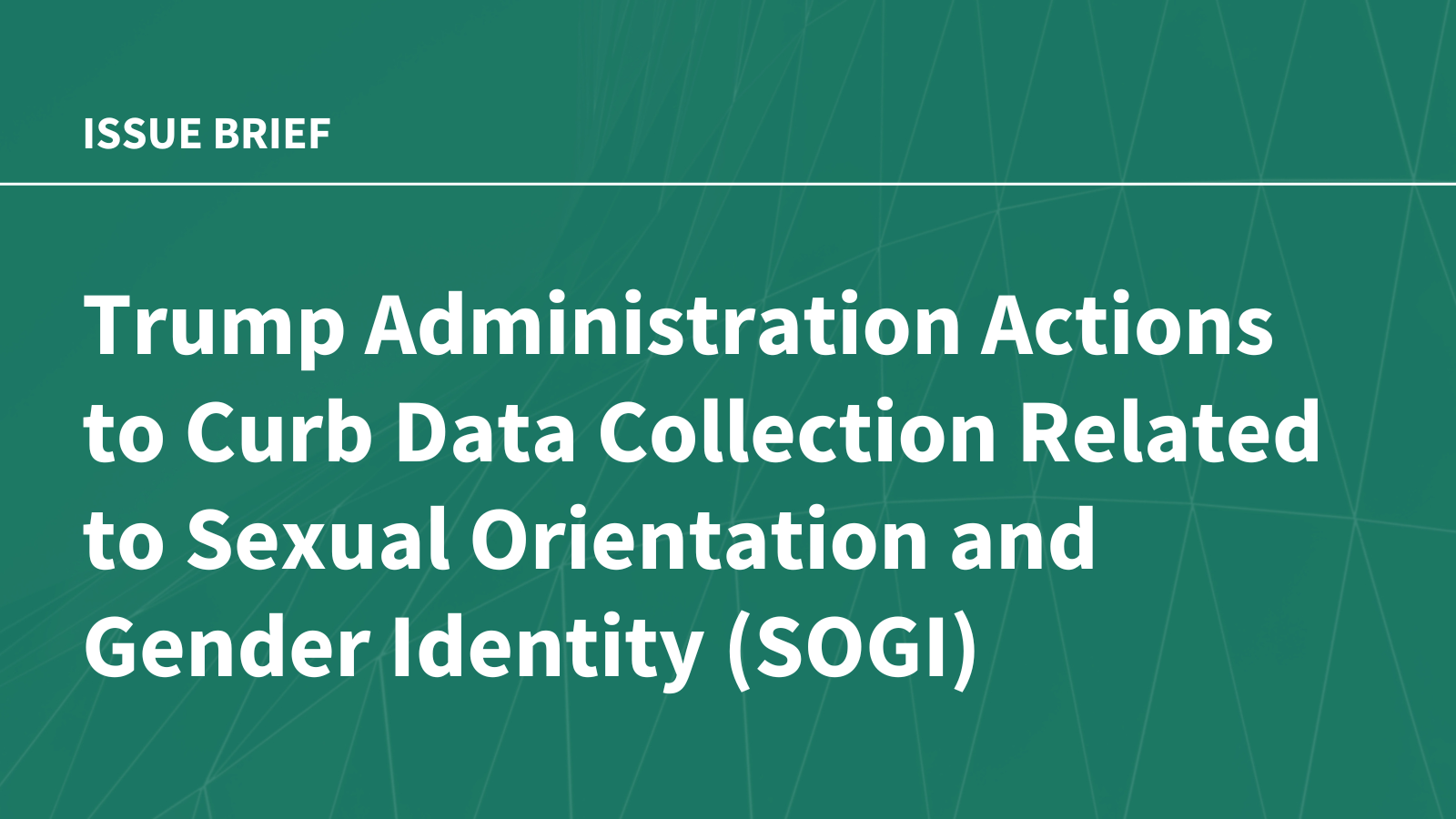Remote physiologic monitoring company Cadence released data showing that rural patients at Lifepoint Health clinics who took part in Cadence’s type 2 diabetes and hypertension programs had better outcomes than their urban counterparts.
The data is a result of the companies’ three-year partnership. Brentwood, Tennessee-based Lifepoint is deploying remote monitoring throughout its 60 community hospital campuses, more than 60 rehabilitation and behavioral health hospitals and more than 250 other sites of care. Together, they are serving 4,600 patients. About two thirds of patients in the remote monitoring programs for diabetes and hypertension lived in rural or underserved areas.
The data, released today by Cadence, shows that 10% more patients achieved their target blood glucose level in rural areas than patients in urban areas – 63% compared to 53% – and they achieved better blood glucose reduction.
Slightly more patients who are enrolled in Lifepoint-Cadence’s hypertension program and live in underserved areas achieved a goal blood pressure than their urban counterparts (35% to 34%). Underserved patients also achieved greater systolic and diastolic blood pressure reduction.
Lifepoint started its RPM collaboration with Cadence with a few practices to test the model and communication platform. Once the program scaled, Lifepoint began to offer it as part of its accountable care organization, Advantage ACO.
Chris Frost, M.D., senior vice president, chief medical officer and chief quality officer of Lifepoint Health, shared the system’s experience with Cadence’s scaled remote monitoring program in the last three years.
“The patient and I knew where we needed to go,” Frost said. “We knew the direction we needed to go in terms of glucose management or blood pressure management, but the chances to interact with one another to travel along that journey towards that goal were, you know, relatively speaking, few and far between.”
He continued: “Now, with remote patient monitoring, with our partnership with Cadence, that episodic care has really turned into continual care, where the physicians have access to the clinically meaningful data in a much more near-term, real-time basis,” Frost said. “So we don’t have to wait until next month or six weeks from now to make progress along that journey towards improved blood pressure control and improved glucose control, we can make interval steps.”
Frost said patients have expressed gratitude for the continuous support for their or their loved ones’ conditions, especially when an elderly relative in a rural area is receiving the services.
“The thing we hear consistently from our patients … They talk about the conduit, the lifeline, this is created between them and their care team physicians,” he said.
Chris Altcheck, CEO and founder of Cadence, commended Lifepoint’s focus on improving access to care, regardless of zip code.
“Our partnership with Lifepoint has reinforced our belief that healthcare in underserved communities can be transformed through innovative technology like remote patient care,” Altchek said in a statement. “It’s shown us that with the right tools and collaboration, we can overcome many of the barriers traditionally associated with rural healthcare, improving both outcomes and patient satisfaction.
But payment is still an issue in rural areas.
To ensure remote monitoring can continue in rural areas, Cadence says Medicare and private payers need to start reimbursing rural providers at the same rate as urban providers. Though Medicare adjusts payment rates based on the cost of providing services in different parts of the country, Cadence’s General Counsel Meryl Holt said it doesn’t apply as well when paying for the services of a national company.
“With remote patient monitoring, especially for entities, health systems, a company like ours that is doing this for patients at scale, what we find is really the costs of furnishing those services are independent of the service,” Holt said in an interview. “Location and device costs, for example, are the same. Actually, they might even be higher for rural areas, because the shipping costs are more and then 24/7, clinical support staff is often centralized, and so it’s divorced from the location where the patients are receiving the services.
She continued: “For a single month of RPM services today, you could see anywhere from 20% to 30% lower reimbursement in a rural community versus an urban community just by virtue of what the Medicare formula outputs are.”
Holt said the lower reimbursement level is causing less rural providers to start up RPM programs, when, for example, the provider payment cannot keep up with the cost of a program like Cadence.
“We find that really, to do this in a high-quality way that moves the needle for patients, you need 24/7, clinical support and an electronic health record integration, and so that is expensive, but it’s high value and actually results in the strong clinical outcomes that we’re seeing,” Holt said.
Publisher: Source link









